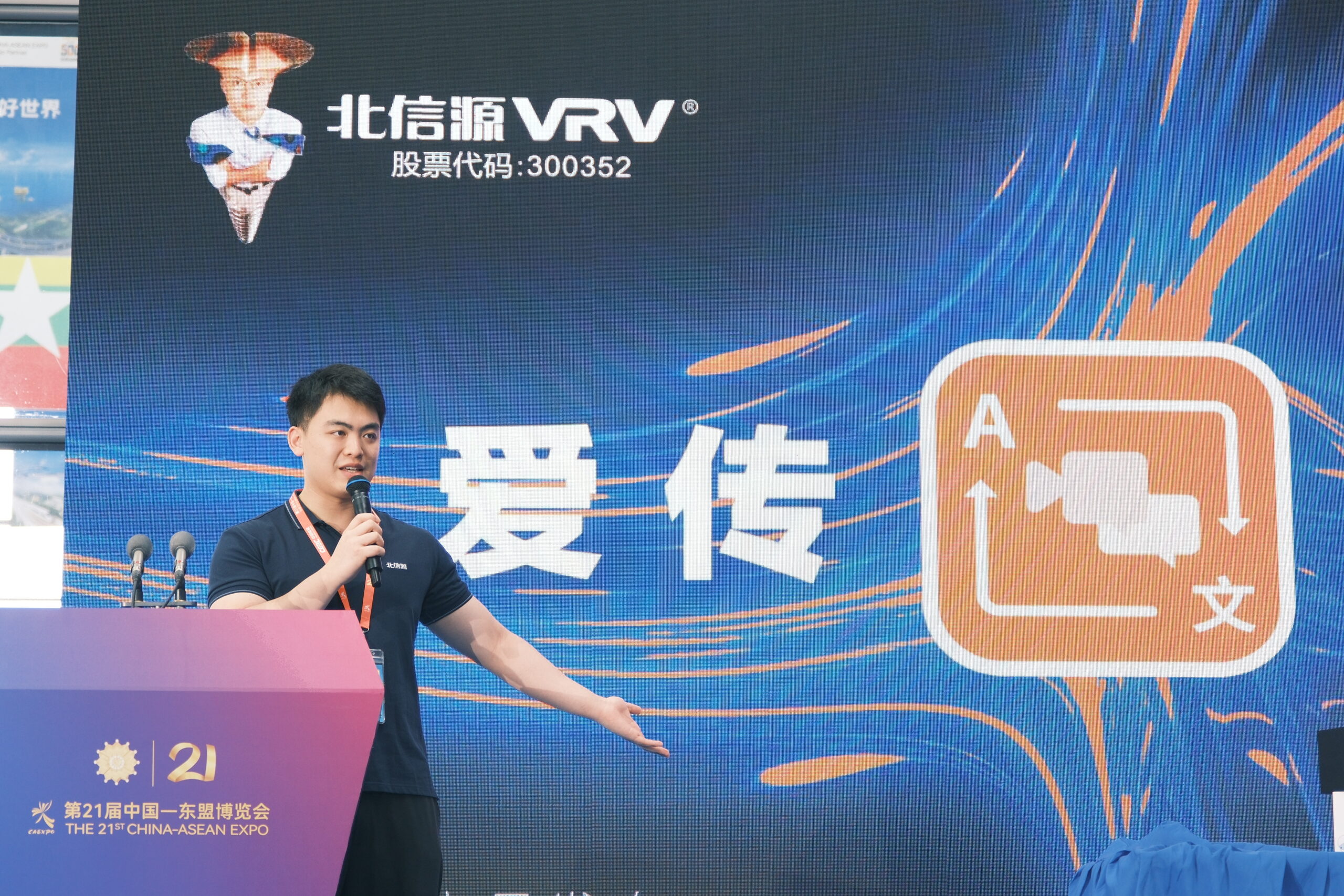The landscape of English language teaching is undergoing a significant transformation, driven by the integration of cutting-edge technologies like Machine Translation (MT) and Virtual Reality (VR). While each technology offers unique advantages for language acquisition, their combined potential promises even more immersive, personalized, and effective learning experiences. This article delves into the analysis of English language teaching leveraging these technologies, exploring their benefits, limitations, and the exciting possibilities that arise from their synergy, while also addressing common questions surrounding their implementation.

It’s important to note that while efforts were made to analyze the specific article requested from nature.com, direct access to its content was unavailable. Therefore, this article synthesizes information from various research and public discussions on the integration of Machine Translation and Virtual Reality in English language teaching to provide a comprehensive overview.
The Rise of Machine Translation in Language Education
Machine Translation, powered by advancements in artificial intelligence and neural networks, has evolved from basic word-for-word translation to sophisticated systems capable of understanding and generating more natural-sounding language. In English language teaching, MT offers several benefits:
- Enhanced Comprehension and Production: MT tools can help learners quickly understand unfamiliar words, phrases, or entire texts, aiding in reading comprehension. For writing, students can use MT to check their work or get suggestions for improvement, though critical evaluation of MT output is crucial.
- Increased Accessibility to Information: Learners can access a wider range of authentic materials in English, using MT to bridge comprehension gaps.
- Support for Independent Learning: MT provides instant support, allowing students to learn at their own pace outside the classroom.
- Building Confidence: For some learners, especially beginners, MT can act as a scaffold, reducing anxiety associated with producing language.
However, reliance on MT also presents challenges:
- Over-reliance and Reduced Effort: Students might become too dependent on MT, hindering the development of their own language skills and problem-solving abilities.
- Accuracy Limitations: MT can still struggle with nuances, idioms, cultural context, and complex sentence structures, leading to inaccuracies or awkward phrasing.
- Lack of Deep Learning: Simply translating content doesn’t ensure deep processing or retention of language forms and functions.
- Potential for Misuse: Using MT to complete assignments without genuine effort can undermine learning objectives.
Virtual Reality: Crafting Immersive Language Worlds
Virtual Reality transports learners to simulated environments, offering unparalleled opportunities for contextualized and engaging language practice. Its application in English language teaching is marked by:
- Immersive and Engaging Experiences: VR creates realistic scenarios – like navigating a city, ordering food in a restaurant, or participating in a virtual business meeting – making language learning more interactive and memorable.
- Contextual Learning: Language is experienced within relevant contexts, helping learners understand how to use English in real-life situations. This can improve the retention of vocabulary and grammatical structures.
- Reduced Language Anxiety: The safe and controlled environment of VR allows students to practice speaking and interacting without the fear of making mistakes in front of real people.
- Cultural Immersion: VR can simulate cultural experiences, providing insights into the customs and etiquette of English-speaking countries, thereby enhancing intercultural communicative competence.
- Personalized Learning Paths: VR applications can be adapted to individual learning needs and paces, offering targeted practice.
Despite its potential, VR implementation faces hurdles:
- Cost and Accessibility: VR hardware and software can be expensive, limiting access for some institutions and learners.
- Technical Issues and Usability: Technical glitches, the need for powerful hardware, and potential discomfort (like motion sickness) can disrupt the learning experience.
- Content Availability and Quality: There is a need for more high-quality, pedagogically sound VR content specifically designed for language learning.
- Teacher Training: Educators require training to effectively integrate VR into their teaching methodologies and to guide students through VR experiences.
- Potential for Isolation: While VR can simulate interaction, it may lack the nuances of real-life human interaction and could lead to feelings of isolation if not balanced with other forms of communication.
The Converging Power: MT and VR in English Language Teaching
The true revolution may lie in the thoughtful integration of Machine Translation within Virtual Reality environments. Imagine a VR scenario where a student is interacting with a virtual character:
- Real-time Support: If the learner struggles to understand the virtual character or express themselves, an integrated MT feature could offer instant translations or vocabulary suggestions discreetly.
- Enhanced Communication in Simulations: MT could facilitate smoother interactions in VR, allowing learners to participate more fully even if their current language proficiency is limited. For instance, a beginner could type a phrase in their native language, have it translated, and then hear or see the English equivalent to use in the VR interaction.
- Scaffolding Complex Tasks: In more advanced VR simulations requiring complex language use, MT could provide learners with necessary linguistic support to complete tasks successfully, gradually reducing reliance as their skills improve.
- Personalized Feedback Mechanisms: AI-driven MT within VR could analyze learner speech, identify errors, and provide corrective feedback in real-time or as a post-activity review.
Research suggests that combining these technologies can lead to significant improvements in language proficiency, motivation, and engagement. For example, 3D virtual classrooms built with VR technology, potentially incorporating MT for support, have been shown to improve students’ comprehensive language proficiency and learning experience. The use of translation tools within VR can also mitigate language barriers in cross-cultural learning activities, enhancing communicative competence.

Looking Ahead: Opportunities and Considerations
The fusion of MT and VR in English language teaching opens up exciting avenues:
- Developing Truly Adaptive Learning Environments: Systems could adjust the level of MT support and the complexity of VR scenarios based on individual student progress.
- Creating More Realistic and Diverse Simulations: Future applications could offer a wider array of authentic cultural and professional contexts for language practice.
- Fostering Collaborative Learning in Virtual Spaces: Multi-user VR environments, supported by MT, could enable learners from different linguistic backgrounds to collaborate and learn from each other.
However, to harness this potential effectively, several considerations are paramount:
- Pedagogical Integration: Technology should serve pedagogy. The focus must remain on sound language learning principles, with MT and VR used as tools to enhance, not replace, effective teaching methods and meaningful interaction.
- Ethical Considerations: Data privacy in AI-driven systems and equitable access to these technologies are crucial concerns that need to be addressed.
- Critical Digital Literacy: Students need to be taught how to use these tools critically and effectively, understanding their limitations and potential biases.
Frequently Asked Questions (FAQ)
Q1: Can VR and MT replace traditional language teachers?
A: No. These technologies are powerful tools to augment and support teaching, but they cannot replace the crucial role of human teachers in providing personalized guidance, nuanced feedback, fostering critical thinking, and creating a supportive learning community. Teachers are essential for designing effective learning experiences that integrate these technologies meaningfully.
Q2: Is VR language learning suitable for all ages and levels?
A: While VR can be adapted for various ages and proficiency levels, considerations such as the complexity of the VR environment, the nature of the tasks, and potential physical discomfort (especially for younger learners or prolonged use) are important. Careful selection of applications and experiences is key. For very young learners or absolute beginners, the cognitive load might be high, and a more guided approach is necessary.
Q3: How can educators ensure students don’t become overly reliant on Machine Translation?
A: Educators should teach strategies for using MT as a learning tool rather than a crutch. This includes encouraging students to first attempt tasks without MT, using it for checking or understanding specific points, and critically evaluating MT output. Tasks should be designed to promote active language processing.
Q4: What are the main costs associated with implementing VR in language classrooms?
A: The main costs include VR headsets, compatible computers or devices, software licenses or subscriptions for VR applications, and potentially teacher training and ongoing technical support. While costs are decreasing, they can still be a significant barrier for some institutions.
Q5: How does using VR and MT impact student motivation in language learning?
A: Generally, these technologies, particularly VR, tend to increase student motivation and engagement due to their novelty, immersive nature, and interactive capabilities. The ability to practice in realistic, low-stakes environments can be highly motivating. MT can also boost confidence by providing immediate support. However, the novelty effect might wear off, so sustained engagement depends on well-designed and pedagogically sound tasks.
Q6: Are there health concerns associated with using VR headsets?
A: Some users may experience motion sickness, eye strain, or dizziness, especially during prolonged use or with certain types of VR experiences. It’s important to take regular breaks, ensure proper headset fit, and be mindful of individual sensitivities.
Q7: How can the quality of VR language learning content be assessed?
A: Quality VR content should align with learning objectives, provide authentic and contextually relevant language input and practice opportunities, offer appropriate feedback, be engaging, and be technically sound. Educators should review content for pedagogical value and user experience before classroom implementation.

The integration of machine translation and virtual reality holds immense promise for making English language learning more dynamic, effective, and accessible. As these technologies continue to evolve, their thoughtful and pedagogically grounded application will be key to unlocking their full potential in empowering learners worldwide.
Sources nature


